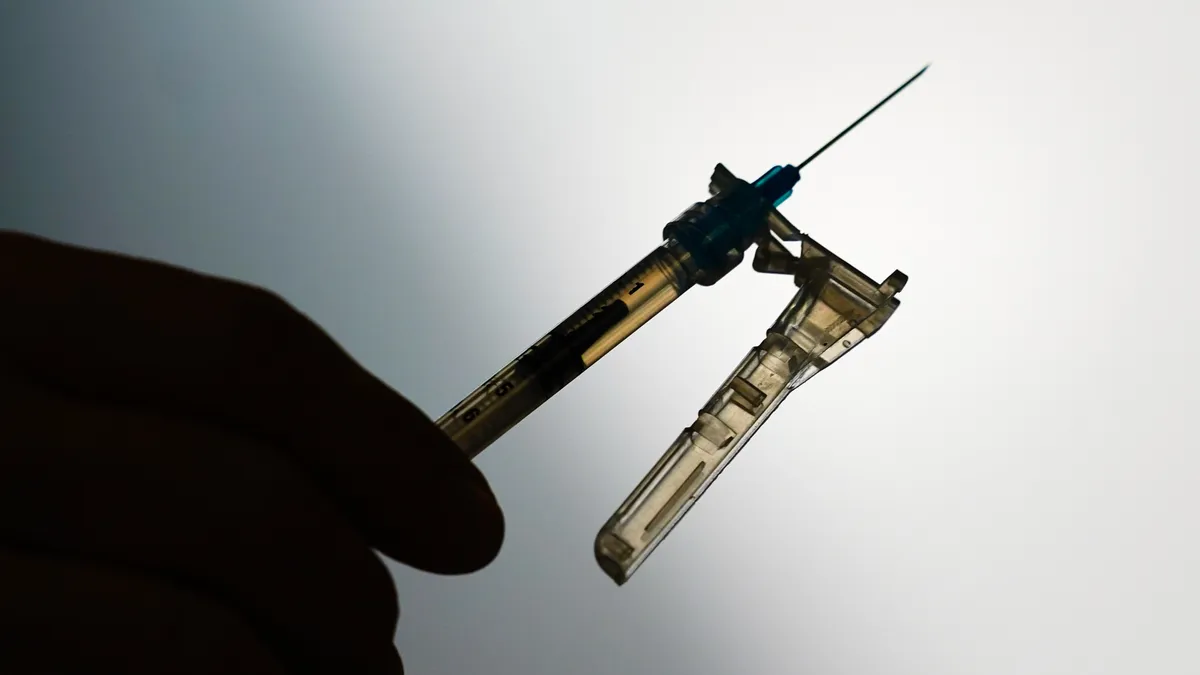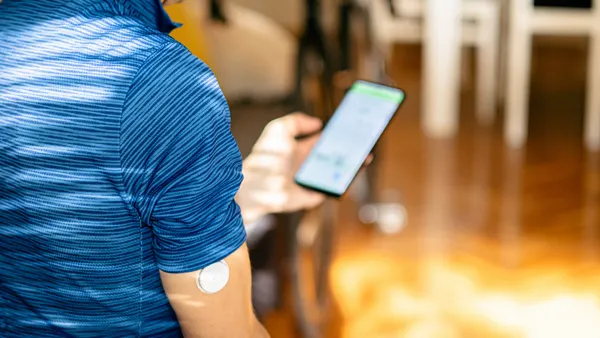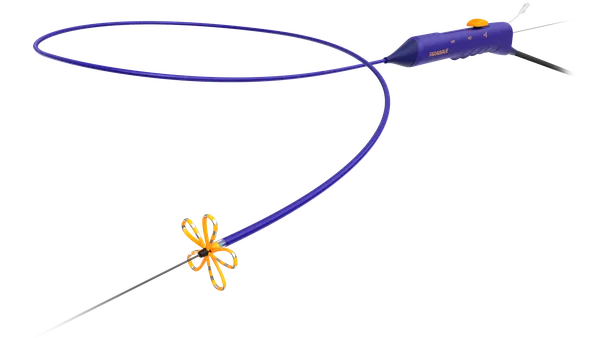Dive Brief:
- Stereotaxis has partnered with CardioFocus to develop a robotic pulsed field ablation system for the treatment of cardiac arrhythmias, the companies said Monday.
- The collaborators will integrate CardioFocus’ CE-marked Centauri PFA system, which has been used to treat more than 9,000 patients, with Stereotaxis’ Magic robotic cardiac ablation catheter.
- Stereotaxis and CardioFocus have already completed bench and preclinical testing of the system, positioning the partners to start a clinical trial to support authorization and commercialization.
Dive Insight:
Stereotaxis CEO David Fischel discussed the company's expansion into PFA on an earnings call in March. Fischel said Stereotaxis’ focus on complex arrhythmias was largely shielding the business from changes unleashed by the launch of PFA devices. Stereotaxis’ device is designed to enable procedures that would be “very difficult to be done successfully, safely or at all” without robotics, Fischel said.
Yet the market dynamics “are distracting for our customers,” the CEO said, and having a PFA system will help Stereotaxis meet its clients’ long-term goals. Stereotaxis' desire to develop a PFA system has led to the CardioFocus agreement.
CardioFocus acquired a PFA system through its acquisition of Galvanize Therapeutics’ electrophysiology technology division. Centauri originated at Galaxy Medical, which received a CE mark for the technology in 2022 and merged with two other companies to form Galvanize weeks later.
Fischel said in a statement that the precision, stability and safety profile of robotics are a good fit for PFA. The CEO added that the next steps are “transitioning to first human use and advancing the regulatory process in the coming few months.” Stereotaxis received 510(k) clearance for its robotically navigated electrophysiology mapping catheter in July.
In March, Fischel said Stereotaxis was undertaking “extensive preclinical testing” with three partners, each of which offered “an independent shot to bring a good solution to market.” The CEO predicted at least one solution would enter human testing in 2025 and reach the European market within 12 months.











